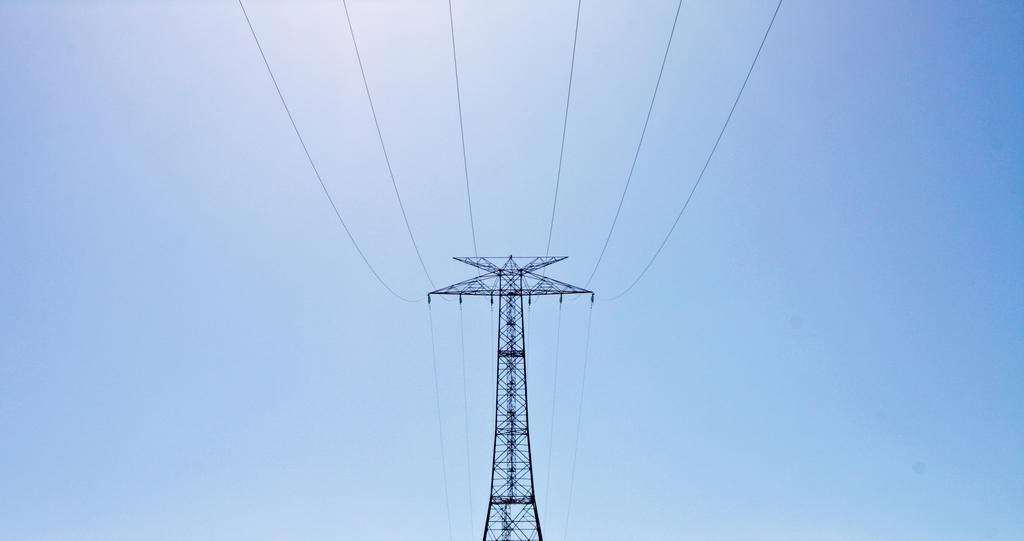New research has discovered a way to detect failures in critical networked systems before they risk public safety and huge financial loss.
Griffith School of Engineering Associate Professor Fuwen Yang and a team of international researchers have found that a ‘H infinity fault detector’ can provide reliable fault detection, even if the communications system suffers significant breakdown, saving millions of dollars.
For example, the fault detection technology used on a power system will save accidents and maintenance time.
“If the communications network is not perfect, fault detection becomes more challenging as the fault detector needs to identify whether the fault is from system failures or communication errors,” Associate Professor Yang says.
“Failures in some critical systems, such as power systems and transportation networks, put environment, health and public safety at risk and cause a huge financial loss. Early and timely fault detection for such systems may avoid the risk and loss.”
Reliable and stable networked systems are being extensively investigated because of appealing advantages and affluent applications in a various range of areas, such as industrial production, vehicles, spaceships, intelligent buildings, and remote medical treatment.
However, because of limited spectrum resources, channel disturbance and network congestion, problems and challenges such as networked-induced delays and packet losses need to be considered in networked systems.
“More and more wireless networks are being used so this is a great challenge for the future in wireless networked systems,” Associate Professor Yang says,
“This is something we need to focus on for future research.”
The paper can be found here http://ieeexplore.ieee.org/xpl/abstractAuthors.jsp?arnumber=7460954&tag=1




